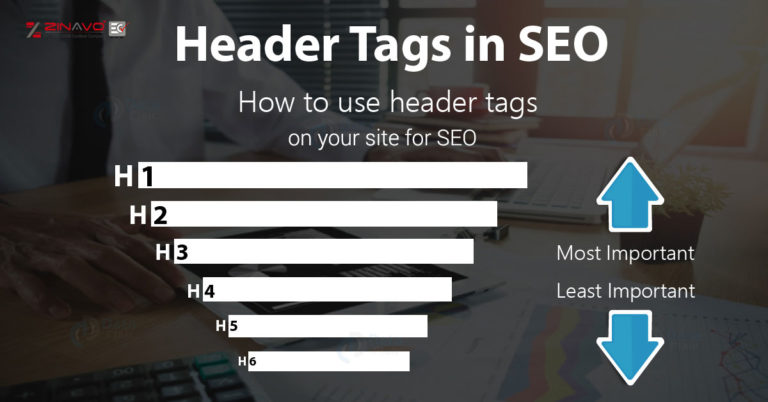Headings help clients and web crawlers to peruse and comprehend the content. For instance, they go about as signposts for the perusers and make it simpler for individuals to comprehend what a post or page is about. Headings additionally characterize which parts of your substance are significant, and show how they’re interconnected. Here, we’ll give you pointers on the most proficient method to consider and utilize headers to improve your substance.
Why use headings?
- Use headings to indicate the content structure
- Use headings to improve availability
- Use headings to improve SEO
1. Use headings to indicate the content structure
Headings are signposts that direct perusers through an article. Since individuals will, in general, read them cautiously, they ought to demonstrate what a segment or section is about, or individuals won’t realize what’s in store. Additionally, headings may enable them to refocus on the off chance that they get lost.
It’s great practice to ensure that your headings are useful to the peruser. A few people like to prod their crowd in the headings, attempting to tempt them to peruse further. While that can work great, it’s anything but difficult to get off-base. Keep in mind that the primary focal point of headings ought to be on the substance – and the fundamental reason ought to be to make the content simpler to peruse and get it.
2. Use headings to improve availability
Heading structure is significant for openness too, particularly for individuals who can only with significant effort read from a screen. Since headings are in HTML, a screen peruser can comprehend the article structure and read them so anyone can hear.
By perusing or tuning in to the headings in an article, outwardly debilitated individuals can choose whether or not to peruse an article. Screen perusers additionally offer alternate ways to bounce starting with one heading then onto the next, so they are utilized for route also.
Remember that, as a rule, what’s useful for openness is additionally useful for SEO (SEO Services in Bangalore)!
3. Use headings to improve SEO
It’s commonly concurred that how you use headings doesn’t explicitly affect your SEO; making minor changes to singular headings likely won’t support your execution. There are aberrant advantages, however. Utilizing headings makes better quality, all the more effectively lucid content. Better content is better for clients, which is better for your SEO.
What’s more, headings give you an extraordinary opportunity to utilize your center watchword (or its equivalent words) noticeably, to make it actually clear what the page is about. Be that as it may, it’s significant not to over-do it. It shouldn’t feel unnatural or unusual, and on the off chance that it does, that is most likely in light of the fact that you’re making a decent attempt or over-improving.
So with headings, you should dependably put the client first. Use them to add structure and signposts to your substance, and to depict what each segment is about. In the event that your headings let clients realize what your article is about, they’ll help Google to see, as well.
For More Details:
Best SEO Company in Bangalore | Best Website Design Company in Bangalore | Web Development Company Bangalore | Web Designing Company Bangalore | Digital Marketing Company Bangalore



